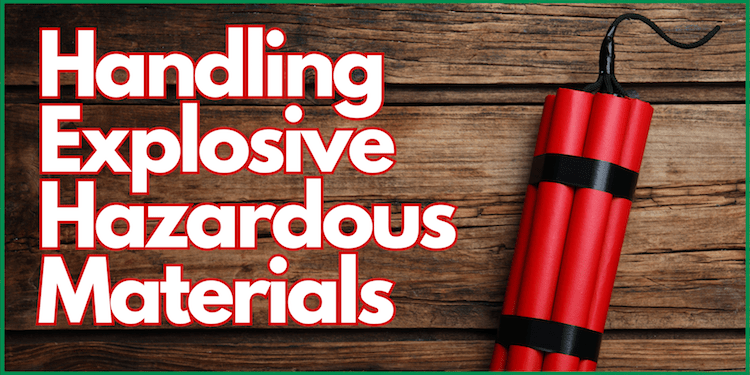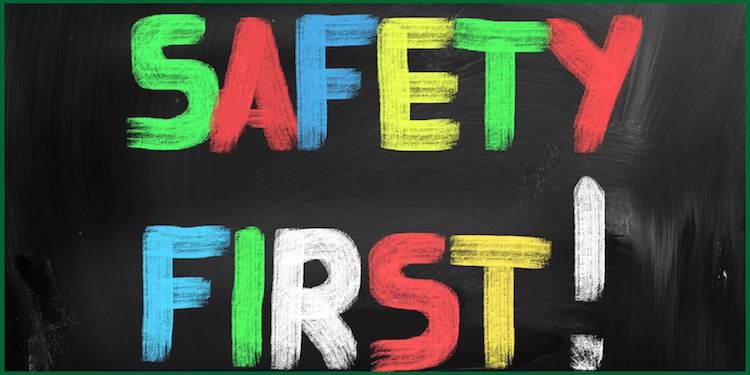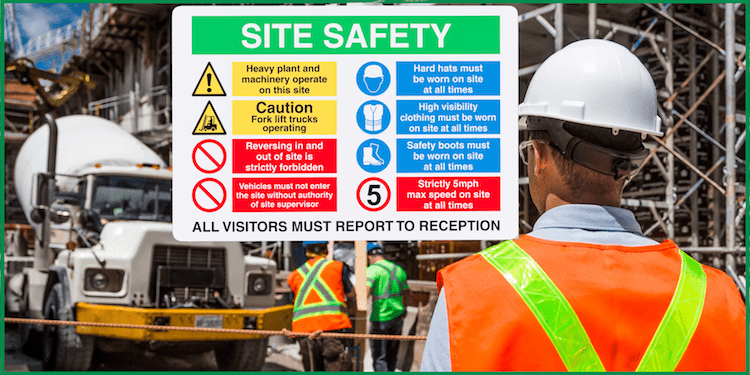The inappropriate handling of explosive hazardous materials can cause an explosion or blast when exposed to certain conditions, such as heat, friction, or shock.
Mismanaging explosive materials can pose a significant risk to workers and the environment.
This article will discuss the explosive hazardous material category and provide some safety tips for handling them.
Table of Contents
- Explosive Category
- Handling and Use Safety Tips
- Summary
Explosive Hazardous Material Category
There are six classifications of explosive hazardous materials based on their explosive properties. These categories are:
- Class 1.1: Substances and particles that have a mass explosion hazard. These substances can cause a blast that affects a large area, such as explosives used in mining.
- Class 1.2: Substances and articles with a projection hazard but not a mass explosion hazard. These substances can cause a blast that propels fragments, such as fireworks.
- Class 1.3: Substances and particles with fire and minor blast hazards. These substances can ignite and cause a minor explosion such as rocket propellants.
- Class 1.4: Substances and articles that have a little explosion hazard. These substances can cause a small blast, such as ammunition.
- Class 1.5: Very insensitive substances that have a mass explosion hazard. These substances, such as some explosives used in military applications, require considerable energy to explode.
- Class 1.6: Extremely insensitive articles that do not have a mass explosion hazard. These substances are so cold that they pose no significant explosive risk.
Safety Tips for Handling Explosive Hazardous Materials
Handling explosive hazardous materials requires strict adherence to OSHA safety guidelines to prevent accidents and injuries.
Below are some safety tips for handling explosive hazardous materials:
- Handling and Use: Extra carefulness with dangerous materials is paramount to avoid friction, shock, or impact. Workers should wear suitable personal protective equipment (PPE), such as safety glasses and gloves when handling and using harmful explosive materials.
- Signs and Labeling: Appropriately labeling harmful explosive materials with warning signs indicating their hazard class and storage requirements are essential. The labels should be clear, visible, and compliant with regulatory requirements.
- Storage and Inventory: All explosive hazardous materials must be in a designated area away from heat, flammable substances, and ignition sources. The dangerous storage area should be well-ventilated and equipped with fire suppression systems.
- Transportation: Dangerous explosive materials must be transported in specialized vehicles designed for this purpose. The motor vehicles should have fire suppression systems and a tracking system to monitor their location.
- Training: Workers who handle explosive hazardous materials should undergo regular training to understand the risks and proper handling procedures. The training should cover emergency response procedures in case of an accident.
Bottomline
Explosive hazardous materials can cause a significant explosion when exposed to specific conditions.
Handling explosive materials with extreme caution is essential to prevent accidents and injuries.
Workers should receive regular training on handling procedures, material storage, transportation, and material-appropriate labeling.
By following these safety tips, we can prevent accidents and ensure the safe handling of explosive hazardous materials.
Do you enjoy this reading? Kindly share with family, friends, and colleagues. Thanks! 🙂



